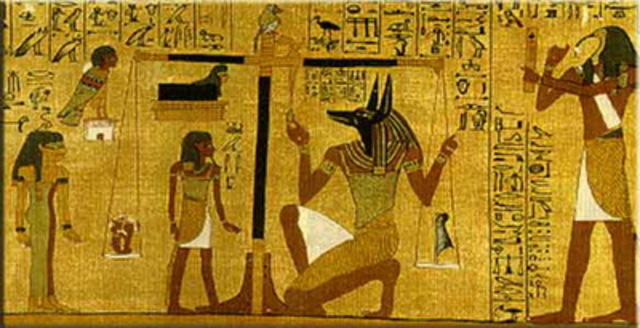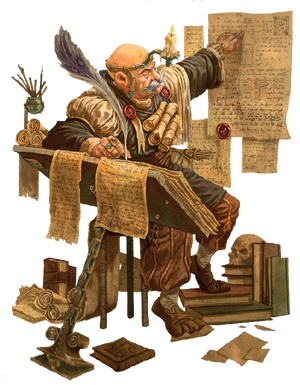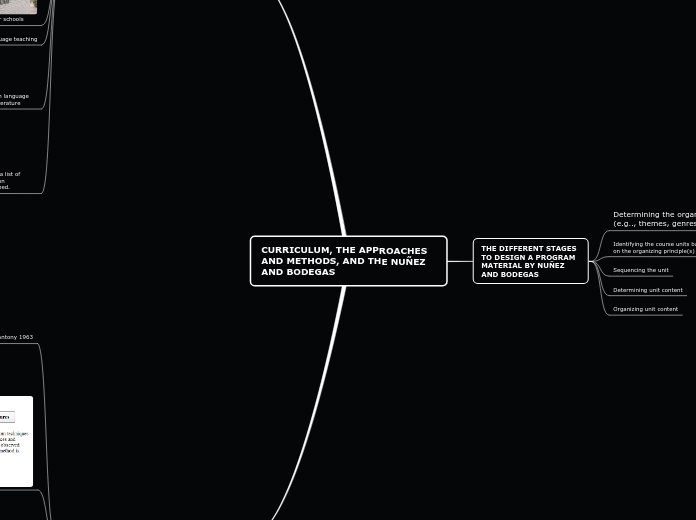CURRICULUM, THE APPROACHES AND METHODS, AND THE NUÑEZ AND BODEGAS
THE DIFFERENT STAGES TO DESIGN A PROGRAM MATERIAL BY NUÑEZ AND BODEGAS
Determining the organizing principle(s)
(e.g.., themes, genres, tasks)
Identifying the course units based
on the organizing principle(s)
Sequencing the unit
Determining unit content
Organizing unit content
A BRIEF HISTORY OF EARLY DEVELOPMENTS IN LANGUAGE TEACHING

History of language teaching could be traced before 500 years

Latin was wide spread

people wished to become scholar by understanding and learning them

grammar schools
Latin’s influence in English language teaching
Grammar- Translation Method: The goal of foreign language study is to learn a language in order to read its literature

the grammar rules are presented and illustrated, a list of vocabulary items is presented with their translation equivalents, and translation exercises are prescribed.

THE NATURE OF APPROACHES AND METHODS IN LANGUAGE TEACHING
Edward Antony 1963


Theory of language

MODELS: cognitive,structural,funcional, interactional,spociocultural,lexical.
Theory of learning:
These have included beta-behaviorism, cognitive code learning, creative construction hypothesis learning, skills learning, interaction theory, corutructivism, sociocultural learning theory
the role of individual actors in language learning.
Desing

The level of method analysis in which we consider the following: • Objectives • Syllabus model: the selection and organization of its language content • Learning tasks and teaching activities • Learner roles • Teacher roles • The role of instructional materials
Roles
Learner
- Types of activities carried out by learners - Learners’ control over the content - Patterns of learner groupings - Learner’s influence over others’ learning - View of learner as processor, performer, initiator and problem solver
Teacher
The primary source of knowledge and direction - A guide, consultant and model - Limited by imposed contents and directions on texts and lessons plans
Instructional Materials
- Present content - Practice content - Facilitate communication between learners - Enable them to practice the content without teacher’s help
